
4) Aromatics and tomatoes (3–4 minutes)
Push protein to the side (or keep pan empty for veg). Add remaining 2 tbsp olive oil, onion, and a pinch of salt. Sauté 2–3 minutes until translucent. Add garlic and chilies; cook 30–60 seconds until fragrant (don’t burn). Add cherry tomatoes and cook until they soften and start to collapse — 2–3 minutes. If using canned tomatoes, simmer 3–4 minutes so they lose the raw edge.
5) The “drunken” deglaze & reduction (2–3 minutes)
Pour in the ¾ cup white wine and crank the heat to medium-high to bring the liquid to a lively simmer. Scrape up any browned bits from the pan (that’s flavor!). Let the wine reduce by about half — about 2 minutes — so it concentrates without drying out.
6) Emulsify into a silky sauce (1–2 minutes)
Add ¼ cup reserved pasta water to the pan and stir. Return the pasta to the pan and toss vigorously with tongs so the starchy water and wine meld into the tomato juices and oil — this forms a glossy sauce that clings to pasta. If it seems dry, add up to another ¼ cup pasta water, a little at a time.
7) Finish with herbs, cheese, and brightness (1 minute)
Turn off the heat. Add torn basil leaves (keep some for garnish), grated Parmigiano, lemon zest, and a squeeze of lemon if using. Toss to combine. If you cooked shrimp separately, fold it back in now to warm through. Adjust salt and pepper to taste.
8) Plate and garnish
Divide among bowls. Finish with an extra shower of Parm, a few fresh basil leaves, and an optional drizzle of good olive oil. Serve immediately.
Timing summary
Total active cook time: ~25–30 minutes. Quick enough for weeknights; impressive enough for guests.
Tips & troubleshooting
- Pasta choice: Wide ribbons like pappardelle or tagliatelle carry the sauce beautifully. Linguine works if you prefer thinner noodles.
- Wine quality: Use a wine you’d drink — not cooking-only fortified stuff. The flavor concentrates, so it should taste pleasant.
- If sauce is watery: Toss with more pasta water and cheese and cook a minute over medium so it reduces. If too thick, add more reserved pasta water.
- Heat control: Crank heat when you want quick evaporation (wine reduction) but keep medium for delicate sauces so garlic doesn’t burn.
- Make it vegetarian: Skip meat, roast extra cherry tomatoes, add mushrooms or white beans for heft.
- Cheese swap: Pecorino Romano gives saltier, sharper edge; Parm is creamier and milder.
Variations (quick ideas)
- Seafood version: Use shrimp + scallops, finish with a handful of chopped parsley and lemon.
- Spicy sausage: Spicy Italian sausage adds heat and umami; remove excess fat for a lighter finish.
- Creamy twist: Stir in 2–3 tbsp mascarpone or heavy cream off heat for a silkier finish (not traditional, but decadent).
- Green boost: Toss in baby arugula at the end for peppery green lift.
Serving suggestions
- Crisp green salad dressed with lemon vinaigrette
- Toasted garlic bread or focaccia to mop up the sauce
- A chilled white wine (same type used in cooking) or a light red if you used sausage/pancetta
Storage & reheating
Store leftovers in an airtight container for up to 2 days. Reheat gently in a skillet with a splash of water or wine to loosen the sauce — avoid microwaving dry pasta without adding liquid.
Final note
Italian Drunken Noodles are a fun, flexible fusion: fast, aromatic, and forgiving. The key moves are a good wine deglaze, using pasta water to build a glossy sauce, and finishing with fresh basil and cheese. Make the recipe your own — swap proteins, dial up the heat, or add greens — and enjoy a dish that’s both comfort and slightly mischievous.
Want a printable recipe card version with exact measurements scaled for 2 or 6 servings? I can make one now.
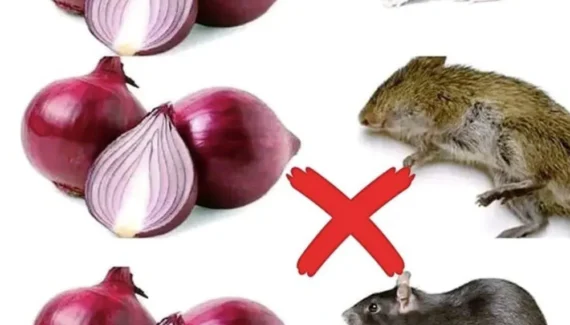
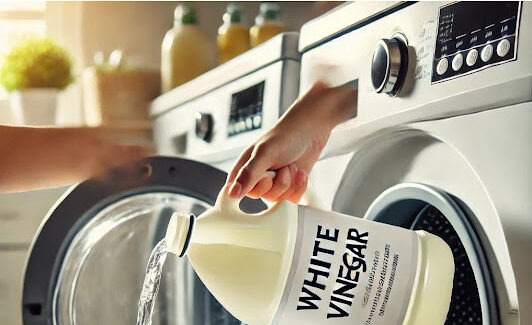
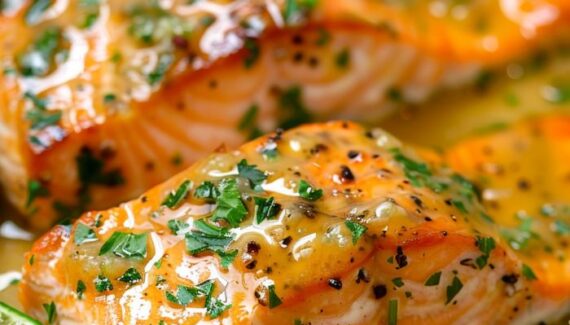
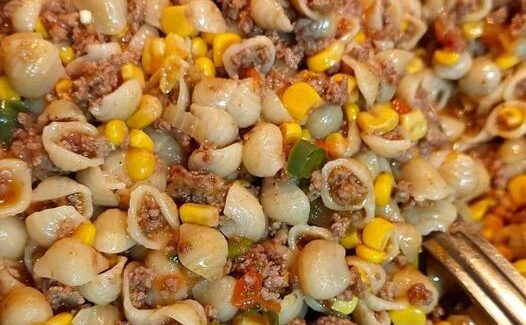

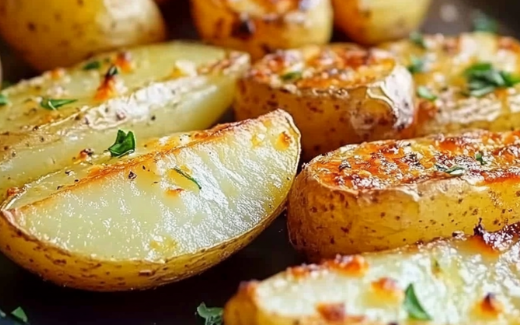
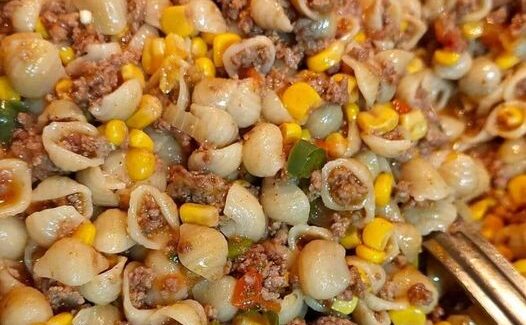

No Responses Yet